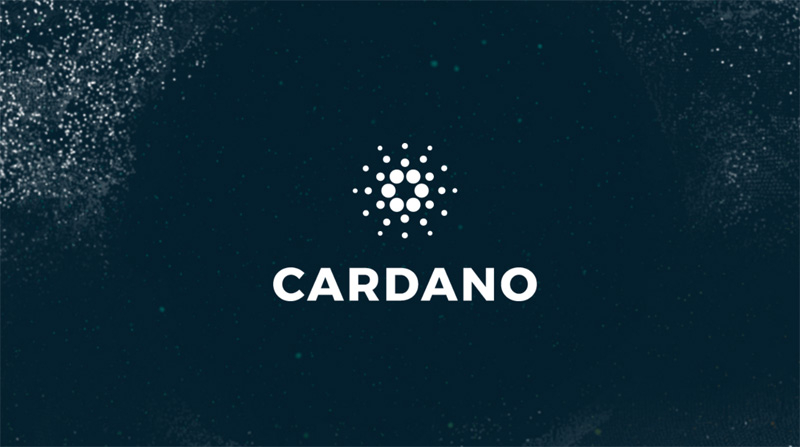CARDANO (ADA)
Cardano (ADA) appeared on the market on October 1, 2017, as a newcomer it started almost immediately in the 13th position and is currently one of the Top 10 coins.
Cardano is a new blockchain technology developed by IOHK - Input Output Hong Kong - which is an ownership team with great potential. The company is committed to peer-to-peer innovation, its goal is to provide financial services, the main competitor of Ethereum.
They are working on creating a unique blockchain with the participation of recognized developers and investors. One of its founders is none other than Charles Hoskinson, who previously strengthened the Ethereum team and then joined the Cardano project from there.
Cardano is a decentralized platform that, like Ethereum, deals with smart contracts. The Mary hard fork was implemented at the beginning of February 2021, thanks to which we can bring smart contracts and various tokens to the field. Cardano's network already works in a proof-of-stake manner, which offers higher speed and significantly cheaper transactions than Ethereum.
Cardando will transmit many DeFi applications from the Ethereum network, as Dex PancakeSwap already does today on the Binance Smart Chain, which already operates with a similar daily volume to Uniswap - which runs on Ethereum.
Cardano borrowed the names of famous English poets to name the individual phases and milestones of the project. She recently transitioned from the Byron phase to the Shelley one.
Ouroboros uses a PoS algorithm developed by its own team. It is built up of layers, which enables expansion under the soft fork.
Settlement layer - for settlement
Control layer (computing) - for running smart contracts
ADA is the cryptocurrency of the Cardano platform, which performs the same function as Ether in Ethereum: a token for using the platform. It is not mined like bitcoin, validators work on the network, and they create the blocks. The system decides who will make the next one based on the number of ADA tokens they have. From there, things proceed as usual, pending transactions are processed by the given validator, and then the ADA reward is received.
It can also be stored in a wallet, but users keep most of it on exchanges and staking pools.

